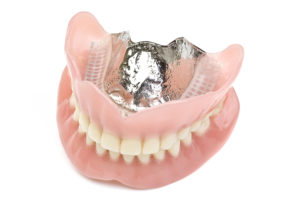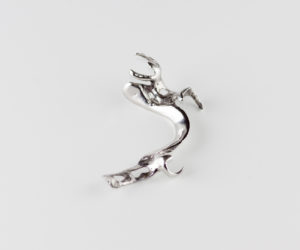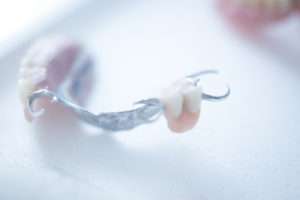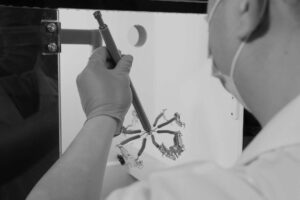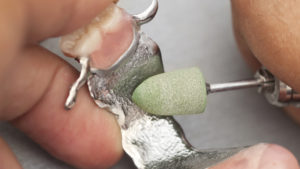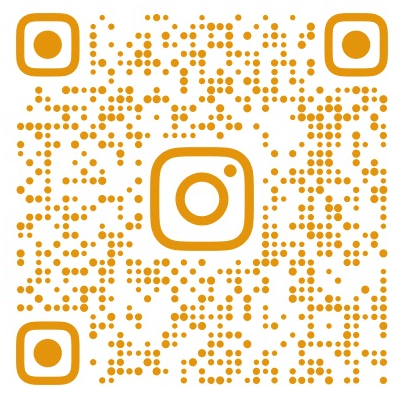Titanium is a rare metal that is widely used in the aerospace industry due to its stable chemical properties, resistance to high and low temperatures, strong acids and strong bases. Titanium is also a pure metal, free from impurities and other metallic components. It has no effect on the body’s plant nerves or sense of taste and can be tightly bonded to human bones, making it a “pro-life metal”.

Titanium dental repair pieces
The biocompatibility of the metal restorative materials currently on the market is not ideal, as they cause an immune rejection reaction in the body when implanted in bone tissue, which may lead to infection over time and may also cause the implant to loosen. Common metal dental restorations also have the potential to precipitate metal ions in the oral environment, causing a range of adverse consequences. However, titanium has good integration with the soft and hard tissues of the human body and can form an osseointegration with bone tissue, making it one of the most desirable metal restorative materials available.
The use of titanium as a restorative material in dentistry is the result of rapid developments in materials science, engineering and computer science over the last few decades. In prosthodontics, almost all metal parts of the denture can be made of titanium, such as dental frames, denture reinforcements and attachments. For patients, dental repairs made from pure titanium do not have a rejection-like reaction with the oral mucosa, which can greatly reduce the chances of developing denture stomatitis and increase patient comfort and satisfaction.

Necessary of polishing titanium
Like other metallic dental restorative materials, titanium dental restorative materials must be polished before clinical use. Titanium is highly chemically reactive, which makes it susceptible to reactions with abrasives. Both excessively aggressive cutting and grinding processes can produce deformation twinning in the alpha phase, which can interfere with the microstructural analysis of titanium and thus make mirror polishing of titanium difficult.

Titanium post-processing
Currently, methods of polishing titanium include hand polishing, mechanical polishing, electrolytic polishing and automatic polishing. Both hand polishing and mechanical polishing require workers with experience on the job. Inexperience and poor technical mastery can lead to problems of under or over polishing, making it difficult to ensure product quality and yield. Electrolytic polishing of titanium gives a very good surface, but the electrolyte used in the process is dangerous and pollutes the environment, so the liquid needs to be treated before it can be discharged.
Automatic polishing may be more suitable for the polishing of titanium than the above polishing methods. Weshining, a leading manufacturer in the field of metal polishing, is developing a new automatic polishing system which is capable of polishing titanium. With this outbreak technology, it provides a progressive fine polishing of the rough surfaces to achieve a high standard mirror finish without harming the workpiece.
Weshining, the ideal high-efficiency polishing solution for your dental production line.






